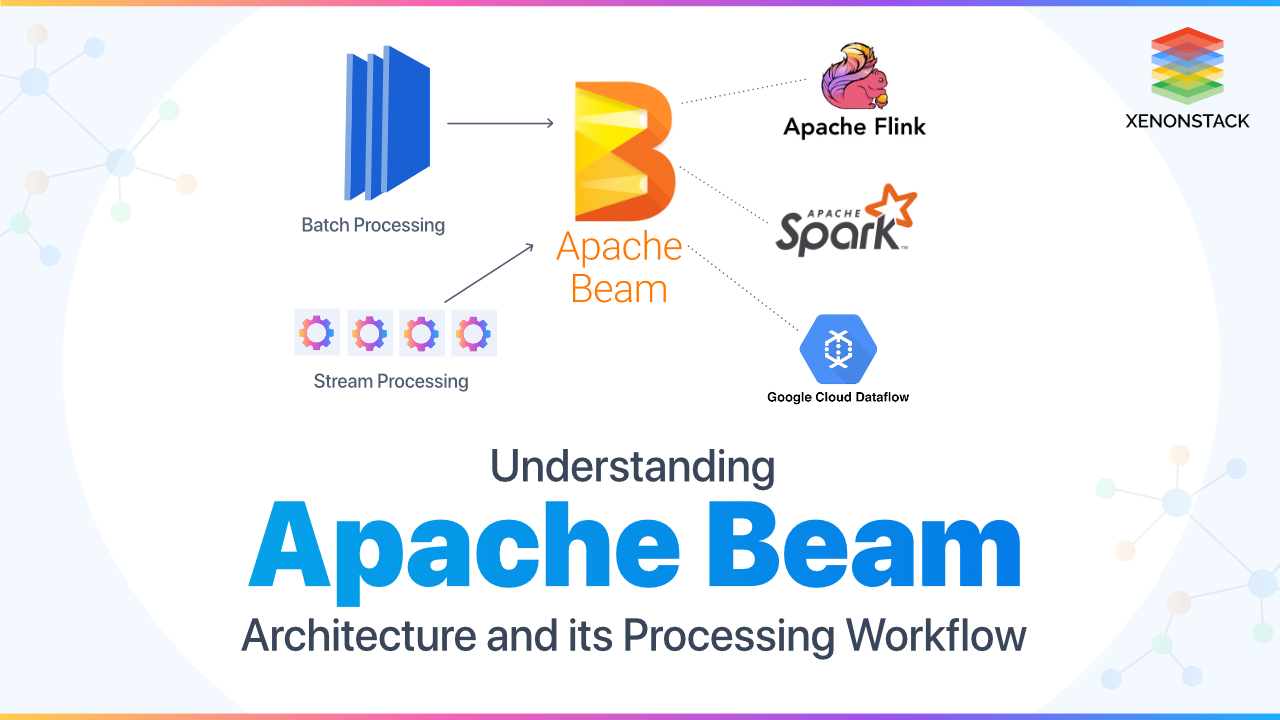An Introduction to Google Dataflow and Apache Beam
 kassem shehady
kassem shehady
In today's data-driven world, the ability to process and analyze vast amounts of data efficiently is crucial for businesses and organizations of all sizes. Google Dataflow and Apache Beam are two powerful tools designed to help users manage and process data at scale. In this article, we will provide an introduction to these two technologies and explore how they can benefit your data processing tasks.
What is Google Dataflow?
Google Dataflow is a managed data processing service provided by Google Cloud. It allows you to design, deploy, and run data processing pipelines efficiently and at scale. Dataflow simplifies the process of building data processing applications by providing a high-level programming model that abstracts many of the complexities involved in distributed data processing.
Key features of Google Dataflow include:
Ease of Use: Dataflow provides a simple and expressive programming model that allows developers to write data processing pipelines using popular languages like Java and Python. You can focus on defining your data transformations rather than worrying about the underlying infrastructure.
Auto-Scaling: Dataflow can automatically scale the resources based on the input data volume and processing requirements, ensuring optimal resource utilization.
Unified Batch and Stream Processing: Dataflow supports both batch and stream processing, making it suitable for various use cases, from batch ETL (Extract, Transform, Load) jobs to real-time data processing.
Serverless: Dataflow is a serverless service, which means you don't need to worry about managing clusters or infrastructure. Google handles the underlying infrastructure, allowing you to focus on your data processing logic.
Integration with Other Google Cloud Services: Dataflow seamlessly integrates with other Google Cloud services like BigQuery, Cloud Storage, and Pub/Sub, making it easy to build end-to-end data processing pipelines.
Apache Beam: The Open Source Framework
Apache Beam is an open-source, unified programming model and set of SDKs for building data processing pipelines that can run on various execution engines, including Google Dataflow, Apache Flink, Apache Spark, and others. It provides a flexible and powerful way to define data processing pipelines that are not tied to a specific processing framework, making it a versatile choice for data engineers and developers.
Key features of Apache Beam include:
Portability: Beam's portability framework allows you to write your data processing logic once and run it on different execution engines. This reduces vendor lock-in and provides flexibility in choosing the best processing engine for your specific use case.
Unified Model: Beam provides a unified programming model for both batch and stream processing, making it easier to build complex pipelines that can handle both types of data.
Community-Driven: Being open source, Apache Beam has a vibrant and growing community that continually enhances the project, adds new connectors, and provides support for a wide range of data sources.
Support for Multiple Languages: Apache Beam supports multiple programming languages, including Java, Python, Go, and SQL, giving you the flexibility to use the language you are most comfortable with.
Extensive Ecosystem: There are various connectors and extensions available for Apache Beam, making it compatible with a wide range of data sources and sinks.
Conclusion
Google Dataflow and Apache Beam are powerful tools for data processing and analysis, whether you are working in the Google Cloud ecosystem or other environments. These technologies simplify the development and management of data processing pipelines, providing scalability, portability, and ease of use. By harnessing the capabilities of Google Dataflow and the flexibility of Apache Beam, you can unlock the potential of your data and gain valuable insights for your business or organization.
Subscribe to my newsletter
Read articles from kassem shehady directly inside your inbox. Subscribe to the newsletter, and don't miss out.
Written by
